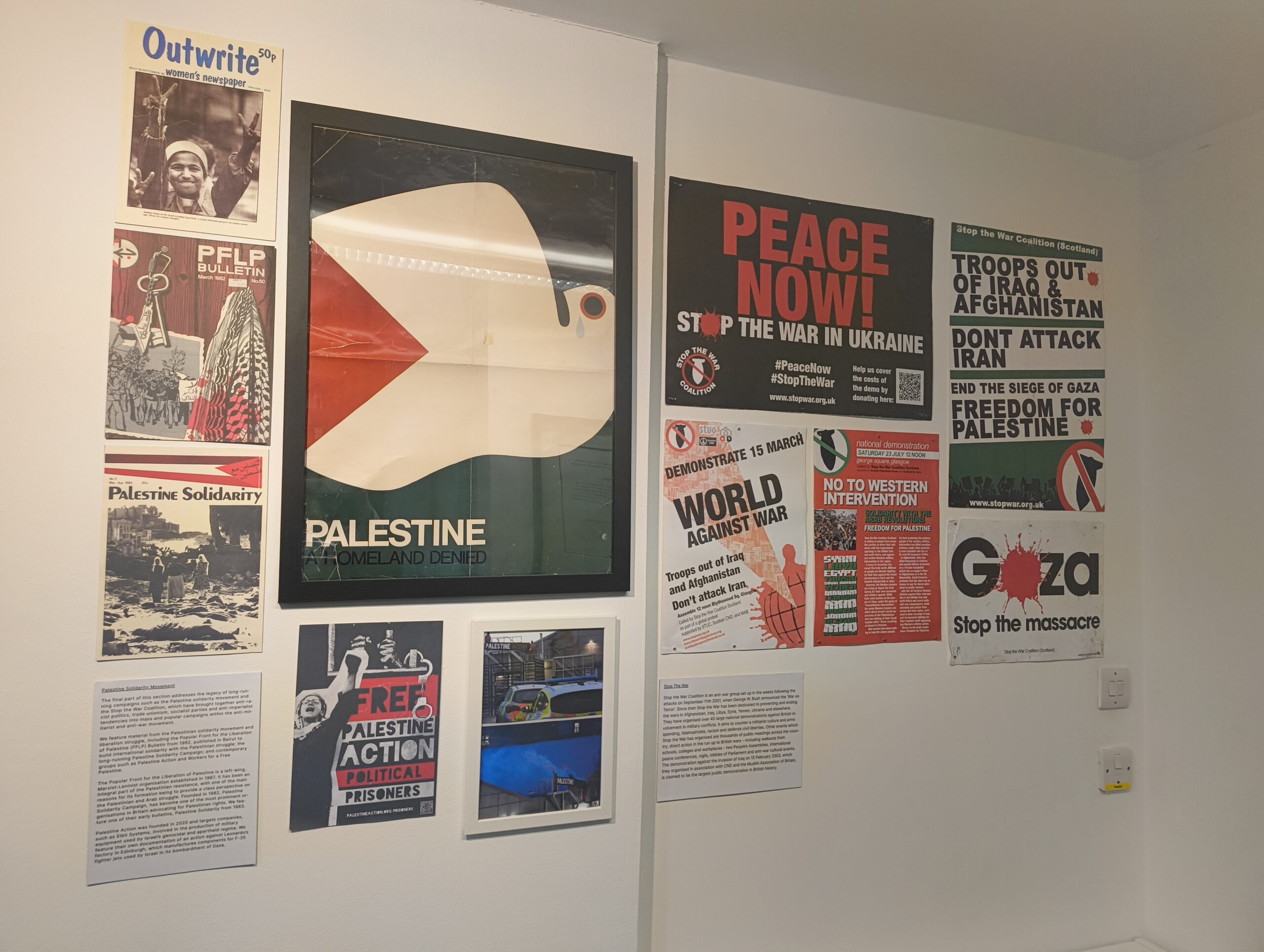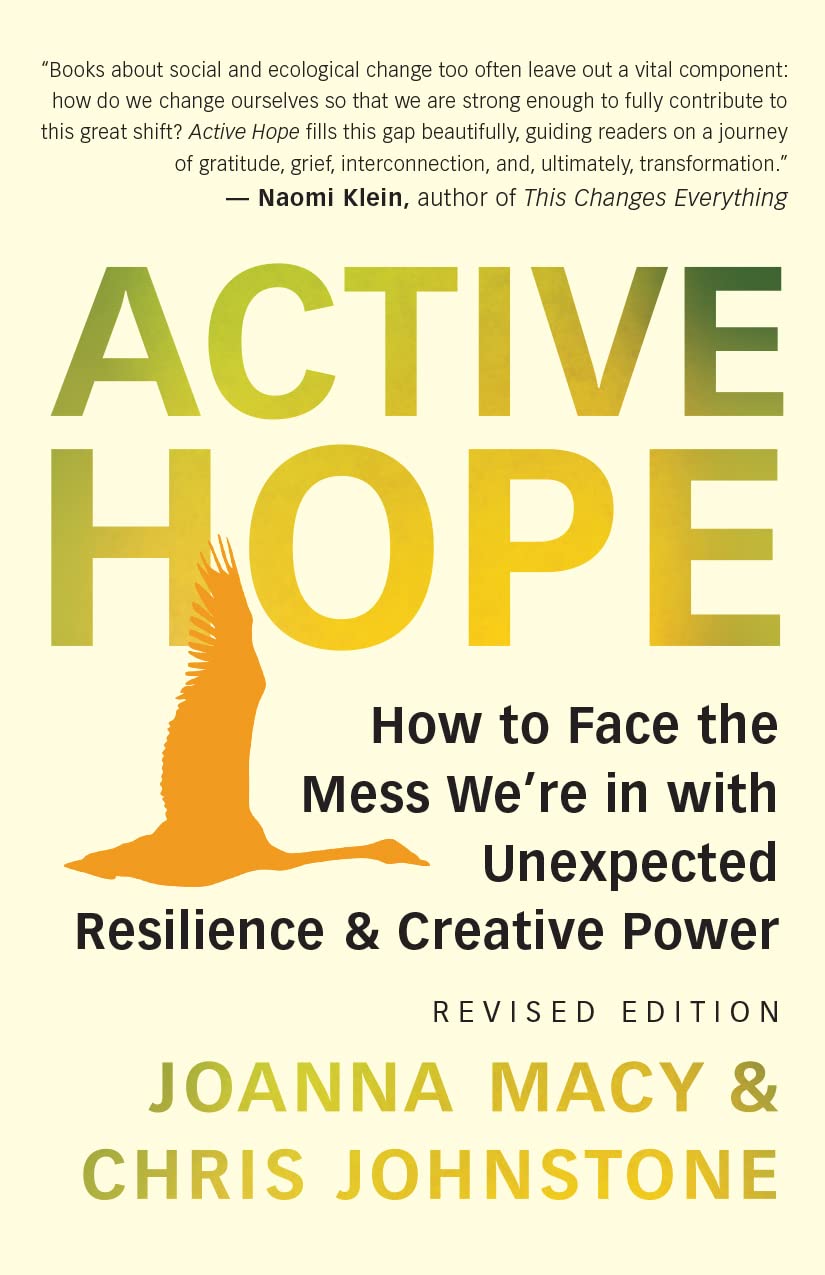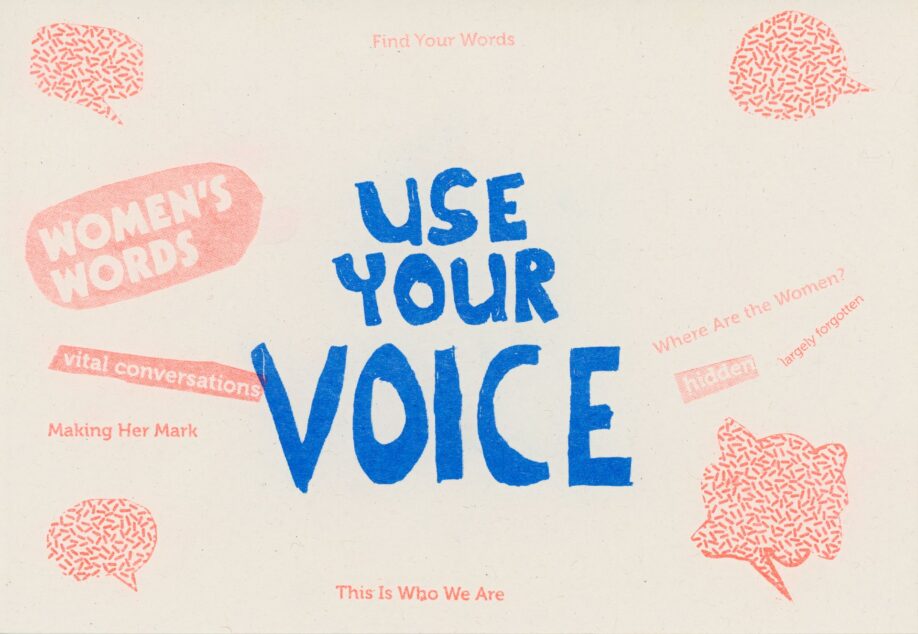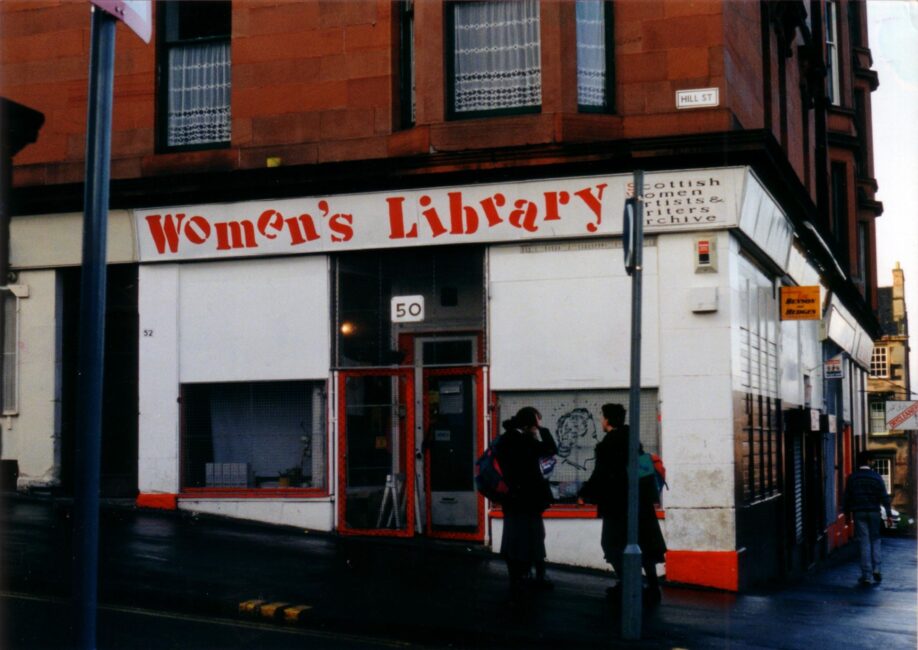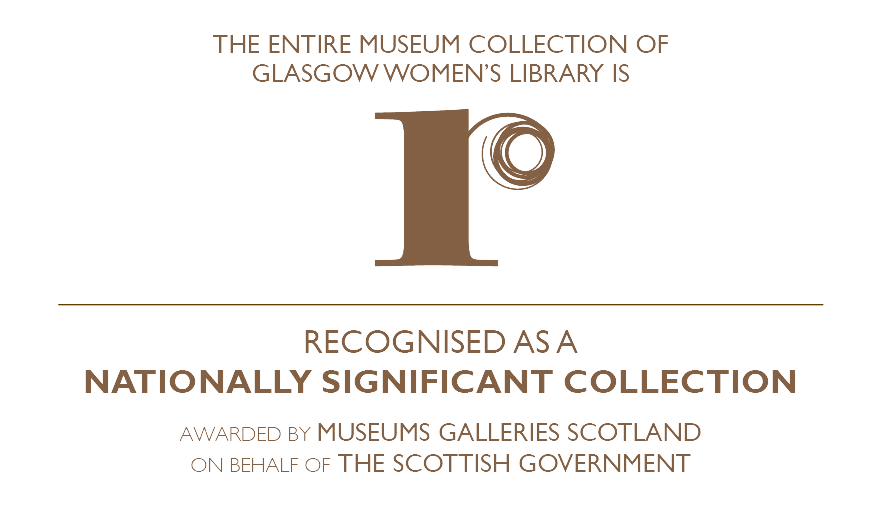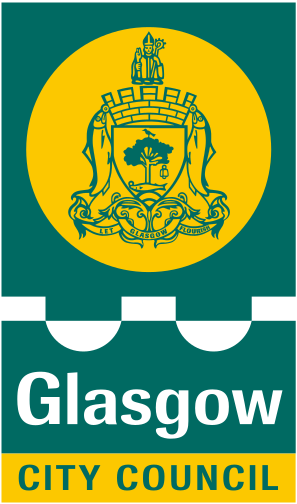Hello! My name is Myriam, and I am doing a summer student placement at Glasgow Women’s Library. I am currently attending Lyon’s Institute of Political Studies and in September I will start a master programme in Korean Studies. I have loved my first week working here and cannot wait to learn more as time goes!
No Cover Up: political protests in the 80s and the role of British Black lesbians
If you have visited the library since May 28th, you will have noticed the exhibition No Cover Up by the artist Ingrid Pollard spread all throughout the library. Especially striking is her Demo Frieze in the lending library with its images of protests on long banners of fabric. The pictures were either from Ingrid Pollard herself or from the Lesbian Archive present at GWL. They highlight the many political fronts on which British lesbians, especially British Black lesbians, were fighting during the 80s. It is a new perspective on the Lesbian archive here in the library as well as on the link between race, sexuality, and gender when it comes to politics.
First, to understand how identity plays into feminism and fights for racial justice, we need to understand the political issues represented in this exposition. Many of those events, though major for the history of minority ethnic communities in the UK and essential to understanding our current political climate, are not something I was familiar with so I’ve been doing some research which I thought I would also share in this post. If you want more details on those events as well as testimonies do not hesitate to visit the second floor of the library or to look at the reference list used by Ingrid Pollard published on the GWL website.
The right to self-defence as a community: Bradford 12 and Newham 8
The earliest protest shown on the Demo Frieze images is the one in support of the Bradford 12 in 1981. Asian communities, mainly from India and Pakistan, were at the mercy of frequent violent racist attacks threatening their lives. They organised themselves in Youth leagues such as the Asian Youth Movement and its splinter group the United Black Youth League. It is the latter that, after hearing plausible rumours that fascists were going to march in Bradford, created petrol bombs to use in self-defence. The fascists never marched, the bombs were never used, but twelve members of the League were arrested. Protests in their defence spread quickly after they were taken by the police and in the end, all twelve of them were acquitted. This event shows the importance of the right to self-defence for minority ethnic communities in the UK when the government did not provide them with the protection they needed.
Another case involving the right to self-defence is the protests in support of the Newham 8 in 1982. In response to the constant racist attacks suffered by the Asian community in the area, groups organised to walk together and protect each other. In September, three policemen in plain clothes tried to arrest one of the boys and, thinking it was an attack by racists, his friends reposted. Eight Asian boys were arrested, which sparked protests in the community. The main issue was the lack of institutional support in case of racist attacks which left them to fend for themselves, as well as the right to self-defence.
Though those events happened exactly forty years ago, the need for community protection against anti-Asian racist attacks is as high as ever.
Institutional discrimination: the police and the death of Colin Roach
More than just lacking support for non-white citizens, the British institutions such as the police sometimes opposed their safety. One case that crystalised the tensions based around the police as an institution is the death of Colin Roach. The young black man died in a police station from a gunshot in 1983. Although the police concluded it was a suicide, Roach’s family and many other members of the public disagreed with their findings and were asking the British government to allow for another investigation. The numerous protests with “No Cover Up” banners gave the name to this exhibition.
The rise of the Black Lives Matter movement is a sad echo to the protests linked to the case of Colin Roach. The police as an institution has long been criticised for its bias against minority ethnic people, from either side of the Atlantic.
International issues: the invasion of Grenada and neo-colonialism
Black lesbians’ activism did not limit itself to the British interior affairs. On one of the images highlighted in the Demo Freeze many “Hands Off Grenada” signs can be seen accompanied with others like “Black Liberation” and “Africa Liberation”. But what happened in 1983 to provoke this reaction? The Reagan administration in the USA ordered the invasion of Grenada (then a free Commonwealth country) justifying it by its unstable political situation. The choice of Reagan to intervene was denounced by most European nations for its violation of international law and of the independence, sovereignty, and territorial integrity of the state of Grenada, but not by the UK under the Thatcher administration at the time.
The anti-neo-colonialist movement has its place in feminism just as much now as it did then with new issues such as how climate change is disproportionately affecting women and ex-colonies.
Intersectionality: its origin, its current meaning, and its reality
As Ingrid Pollard’s exhibition shows us, fights for equality have always involved a mix of identities though the concept did not have a name yet. Black lesbians in particular have a special place in the history of activism in the UK, being at the crossroads between racial equality, gender equality and queer rights.
However, the term “intersectionality” has allowed the reality of us all having multiple and intersecting identities to be more widely understood. It was first coined by civil rights activist and scholar Kimberlé Crenshaw in 1989 to describe the double discrimination black women faced in their fight for equality: ignored by both traditional feminist ideas and anti-racist ones. It allowed us to understand that discrimination does not only add up, but that all parts of one’s identity intertwine and cannot be separated so must be treated as a whole. Black women therefore face issues that neither non-Black women nor black men experience and must actively be included in feminism and anti-racism.
These days the term is more broadly used to describe how all fights for social justice are connected with one another and total liberation for one group cannot be achieved without the liberation for all others as well. The main aspects represented in the modern interpretation of “intersectionality” are race, gender, and sexuality, but many other categories can apply such as age, class, nationality, or disability.
No Cover Up is an exhibition for all generations but, as a younger woman, I feel it is especially important for younger audiences who have only experienced the 80s through history books. Understanding how racial equality, anti-colonialism, feminism, and queer rights have always intertwined not only creates a better understanding of social justice, but also gives us insight into how to better protect one another.
The No Cover Up exhibition continues until 23rd July 2021.


